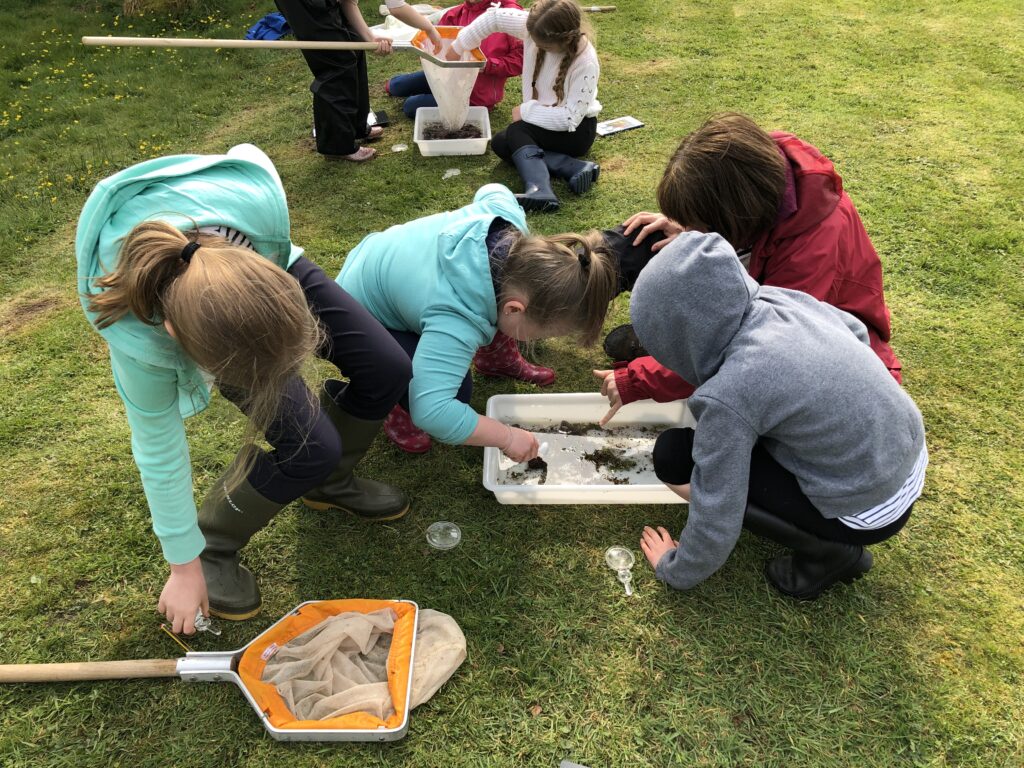What we do
Conservation priorities
Top 10 conservation priorities
for the North Pennines National Landscape
The North Pennines National Landscape Management Plan 2019-2024 sets out ten conservation priorities for the area.
Peatland and other soils
- Continuing to block the remaining grips and address large-scale bare/eroding peatland
- Using bespoke projects and management agreements to restore ecosystem function on our moorlands, including addressing issues created by burning blanket bog and track construction.
- Promote agricultural practices that support the health of other soils. Benefits of this work include action on natural flood management, biodiversity conservation, carbon storage and sequestration and water quality.
Species-rich grassland
- Conserving the best sites and building on programmes of large-scale restoration across the landscape, addressing declines in quality and extent. Benefits include promoting connectivity and key species recovery/expansion.
Native and mixed woodland and scrub
- Expanding the area of native and mixed woodland and scrub to promote biodiversity, add texture and depth to the landscape, store and sequester carbon, support natural flood management and improve riparian habitat. Benefits include promoting habitat connectivity and diversity, without compromising wader, grassland and peatland conservation.
Rivers and riparian habitat
- Improve the water quality and habitat quality/diversity in rivers and streams. Through minewater remediation, managing invasive species, removing blockages to fish passage, improving riparian habitat and instream habitat and reducing run-off from farms / sediment load from peatlands.
Breeding wading birds
- Understanding local trends in wader populations, farmers and Estates being supported to take action for wader conservation through advice and practical measures, including creating small wetlands, modifications to management practices and proportionate, responsible and legal predator control. Collaboration to ensure important sites for breeding waders are not targeted for afforestation.
Arctic-alpine flora
- Conserving the arctic alpine flora of upper Teesdale on the Moor House: Upper Teesdale NNR through managing vegetation, grazing, rabbits and access. Regular monitoring is especially important for this rare and threatened flora.
Dark night skies
- Replacing old street lighting with LED at low colour temperature, on at the right time and directed only where needed. Production of joint lighting guidance.
Specific species conservation, including raptors
- Work to eradicate raptor persecution, protect breeding and wintering birds, and see an increase in breeding pairs of hen harrier, short-eared owl, peregrine, and red kite. To include: raptor-crime awareness campaign; increased collaboration between conservation organisations, land managers and the police; training for police and PCSOs; a commitment to prosecutions over cautions where evidence allows.
- Taking action for specific species which may require bespoke effort during the life of the plan (e.g. adder and water vole) or taking opportunities when they arise (e.g. for beaver).
Archaeological sites and features
- Excavations and research focused on improving the conservation and understanding of North Pennines archaeology. Maximising public support and engagement by making this work accessible and supporting community-based organisations who share this interest.
Historic buildings and structures
- The conservation, consolidation and interpretation of historic buildings and structures through projects and agri-environment schemes, especially those related to mining heritage. Working closely with land managers, volunteers and community organisations to develop capacity to maintain and interpret some of these structures into the future.











